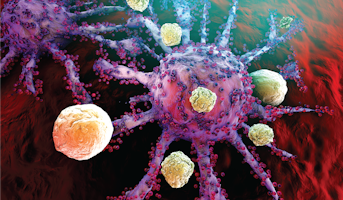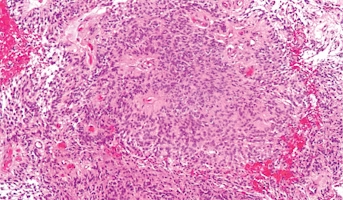Pablo G. Cámara
Philadelphia, PA USA
University of Pennsylvania

About
Assistant Professor of Genetics, Department of Genetics, Perelman School of Medicine
University of Pennsylvania
Pablo G. Cámara is an Assistant Professor of Genetics at the University of Pennsylvania and a faculty member of the Penn Institute for Biomedical Informatics. He received a Ph.D. in Theoretical Physics in 2006 from Universidad Autónoma de Madrid. He performed research in string theory for several years, with postdoctoral appointments at Ecole Polytechnique, the European Organization for Nuclear Research (CERN), and University of Barcelona. Fascinated by the extremely interesting and fundamental open questions in biology, in 2014 he shifted his research focus into problems in quantitative biology, and joined the groups of Dr. Rabadan, at Columbia University, and Dr. Levine, at the Institute for Advanced Study (Princeton). Building upon techniques from applied topology and statistics, he has devised novel approaches to the inference of ancestral recombination, human recombination mapping, the study of cancer heterogeneity, and the analysis of single-cell RNA-sequencing data from dynamic and heterogeneous cellular populations.

University of Pennsylvania
scientific
Projects

Specimen
Ongoing
Cell Ecosystem and Signaling Pathways of Primary and Metastatic Pediatric Posterior Fossa Ependymoma
Ependymomas constitute nearly one third of the central nervous system neoplasms among children aged < 3 years1. The disease remains a significant therapeutic challenge, with a 5-year overall survival rate < 55 % among this age group2 and no available chemotherapy of proven efficacy. The breadth of t
Ependymoma

Pablo G. Cámara

Data
Molecular Analysis of the Cellular Ecosystem of Childhood Ependymoma
Ependymomas are a common form of growth in pediatric brain cancer patients, but there is a lack of effective treatment options currently available. Using the Pediatric Brain Tumor Atlas researchers will gain a greater understanding of ependymoma growth, helping to guide therapeutic opportunities.
Ependymoma

Pablo G. Cámara
